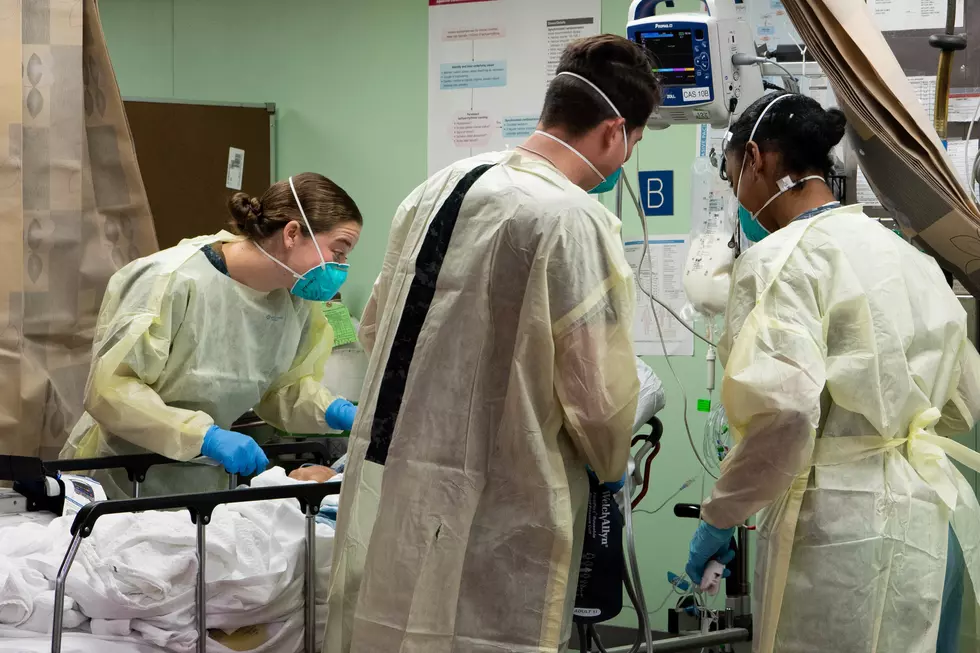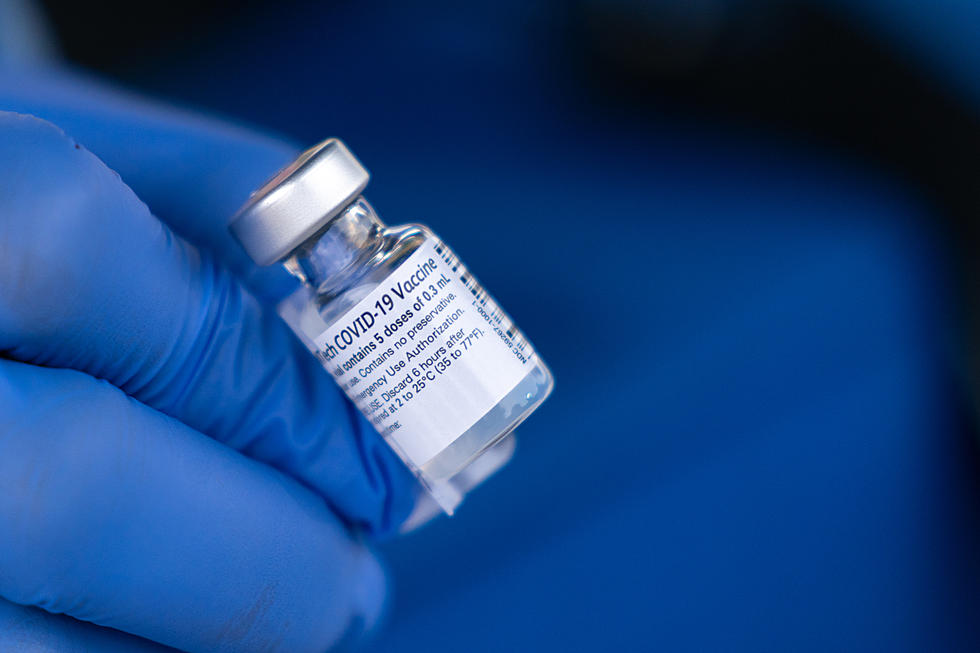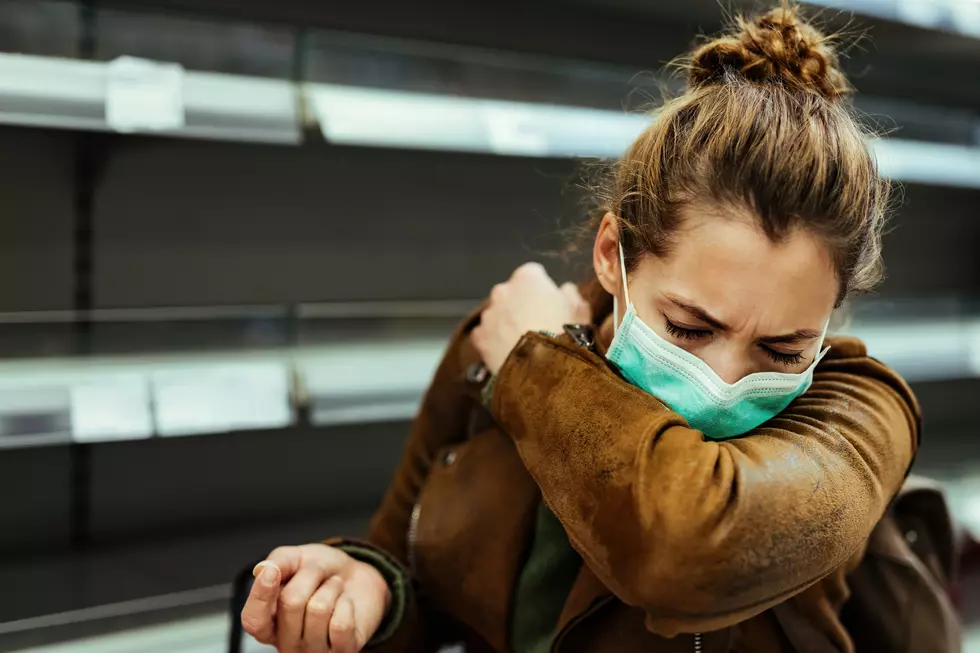
New COVID-19 Guidelines For Vehicle Sales, Rentals in New York
New York officials released a number of new guidelines you must follow when buying or renting a car, including wearing a mask.
Physical Distancing
- Ensure 6 ft. distance between individuals, unless the safety of the core activity requires a shorter distance Reduce interpersonal contact and congregation through methods such as limiting in-person presence to only personnel necessary for the current tasks, and/or adjusting retail hours to spread employee and customer traffic over a longer period of time.
- For any vehicle sale, lease, or rental activity, the workforce and customer presence must be limited to 50% of the maximum occupancy for a particular area as set by the certificate of occupancy, inclusive of customers, who must maintain 6 ft. of space from others and, in all cases, wear an acceptable face covering.
- Prohibit the use of confined spaces (e.g. elevators, vehicles) by more than one individual at time, unless all individuals are wearing face coverings.
- If occupied by more than one person, keep occupancy under 50% of maximum capacity.
- If an employee accompanies a customer on a test drive, the employee must sit in the seat with the furthest possible distance from the customer(s) and wear an appropriate face covering.
- Ensure that waiting areas allow customers to adhere to social distancing rules (e.g. space seating 6 ft. apart)
Protective Equipment
- Ensure that each customer entering the store is wearing a face covering, provided that the customer is over the age of two and able to medically tolerate wearing such covering.
- Provide workers with an acceptable face covering at nocost to the worker and have an adequate supply of coverings in case of replacement. Acceptable face coverings include but are not limited to cloth (e.g. homemade sewn, quick cut, bandana), surgical masks, and face shields.
- Face coverings must be cleaned or replaced after use and may not be shared. Employers must train employees on how to put on, take off, clean and discard PPE, including face coverings.
- Employees must wear face coverings when they are within 6 ft. of customers or coworkers and any time they interact with customers.
- Limit the sharing of objects as well as the touching of shared surfaces (e.g. electronics and keys); or, require individuals to wear gloves when in contact with shared objects or frequently touched surfaces; or, require individuals to sanitize or wash their hands before and after contact.
- For test drives of vehicles requiring more than one person, all individuals must wear a face covering
Hygiene and Cleaning
- Adhere to hygiene, cleaning, and disinfection requirements from the Centers for Disease Control and Prevention (CDC) and Department of Health (DOH) and maintain cleaning logs on site that document date, time, and scope of cleaning.
- Provide and maintain hand hygiene stations on site, including handwashing with soap, water, and paper towels, as well as an alcohol-based hand sanitizer containing 60% or more alcohol for areas where handwashing is not feasible. Hand sanitizer must be placed throughout the location. Provide and encourage individuals to use cleaning/disinfection supplies before and after use of shared and frequently touched surfaces, followed by hand hygiene.
- Ensure distancing rules are adhered to in restrooms by reducing capacity where feasible.
- Regularly clean and disinfect the location or facility and conduct more frequent cleaning and disinfection for high risk areas used by many individuals (e.g. restrooms) and for frequently touched surfaces.
- Clean and disinfect every vehicle (interior and exterior) and keys prior to customer picking up or test driving and after the customer drops off the vehicle.
- If cleaning or disinfecting products or the act of cleaning and disinfecting causes safety hazards or degrades the material, put in place hand hygiene stations, supply gloves, and/or limit the number of individuals touching such material.
- Cleaning and disinfecting of facilities, shared surfaces, and other areas, as well as shared objects, must be performed at least as often as workers change workstations or customers come into contact with vehicles, using Department of Environmental Conservation (DEC) products identified by the Environmental Protection Agency (EPA) as effective against COVID-19.
- Prohibit shared food and beverages (e.g. buffet-style meals). Place receptacles around the building for disposal of soiled items, including PPE. Close all amenities including self-serve bars, vending machines, cafes and dining areas.
Communication
- Affirm you have reviewed and understand the stateissued industry guidelines, and that you will implement them.
- Post signage throughout the facility to remind individuals to adhere to proper hygiene, social distancing rules, appropriate use of PPE, and cleaning and disinfecting protocols.
- Develop a communications plan for employees and customers that includes applicable instructions, training, signage, and a consistent means to provide individuals with information.
- If an employee tests positive for COVID-19, operator must immediately notify state and local health departments and cooperate with contact tracing efforts, including notification of potential contacts who had close contact with the worker, while maintaining confidentiality as required by state and federal law and regulations.
- Conspicuously post completed safety plans on site.
Screening
- Employees who are sick should stay home or return to home, if they become ill at work.
- Implement mandatory health screening assessment (e.g. questionnaire, temperature check) for employees, contractors, and other visitors, asking about (1) COVID19 symptoms in past 14 days, (2) positive COVID-19 test in past 14 days, and/or (3) close contact with confirmed or suspected COVID-19 case in past 14 days. Responses must be reviewed and documented daily.
- Employees who screens positive for COVID-19 symptoms should be sent home to contact their health care provider for medical assessment and COVID-19 testing.
- If employee tests positive or does not receive a test, employee may only return after completing a 14-day quarantine.
- Employees who present with no symptoms but have tested positive in past 14 days may only return to work after completing a 14-day quarantine.
- Employees who have had close contact with a person with COVID-19 but are not experiencing any symptoms should inform their employer and may be able to work with additional precautions, including regular monitoring for symptoms and temperature, required face covering all times, and appropriate social distancing from others.
- A person who screens positive for COVID-19 symptoms should not be allowed to enter the location and should be sent home with instructions to contact their healthcare provider for assessment and testing. Screeners should be trained by individuals familiar with CDC, DOH, and OSHA protocols and wear appropriate PPE, including, at a minimum, a face covering. Have a plan for cleaning, disinfection, and contact tracing in the event of a positive case.
New Rules For New York Hair Salons Tops This Weeks Hudson Valley News
More From 98.1 The Hawk









